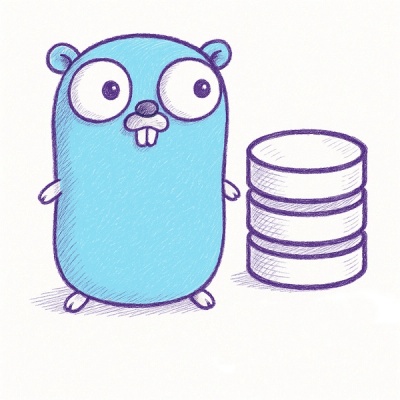
Security News
Browserslist-rs Gets Major Refactor, Cutting Binary Size by Over 1MB
Browserslist-rs now uses static data to reduce binary size by over 1MB, improving memory use and performance for Rust-based frontend tools.
basic-blockchain
Advanced tools
A very basic blockchain written in JavaScript
An online blockchain demo.
A blockchain is a data structure like linked lists with a growing set of nodes or blocks. In a blockchain, each node is called a "block" and each block has an index, timestamp, hash of itself, hash of the previous block and some data.
The hash of each block gives it a unique identity like a fingerprint. A block's hash is generated only once when the block is created and it is generated using the values of all the other attributes of the block. Therefore, if any of the values are changed, the hash will no more be valid and hence the entire block will be invalidated. The calculation of the hash must be reproducable for verification purposes, i.e. a hash function for a given set of values must produce the same hash.
To actually link the blocks together to make a blockchain that cannot be tampered with, each block stores the hash of the previous block. Thus, if the hash of a single block changes, the chain will be broken and given that the last known valid block is now de-linked from the origin, the entire chain will be invalidated.
A cryptocurrency blockchain implementation has a concept of mining, whereby the hash of a block needs to fulfill certain criteria, e.g. the hash must start with 4 zeros or the hash must be a valid natural number under a certain value. To enable searching for a hash that meets this criteria, an additional flexible parameter called a nonce is added. A simple implementation might use a number as a nonce so that mining is simply looping over all possible numbers to find a fitting hash.
Moreover, a crypocurrency implementation also has the flexibility of choosing which transactions to group into a single block thereby enabling more options for mining.
A cryptocurrency blockchain implementation also has it's entire blockchain replicated over many different peers. Not all peers have the full chain, as it is enough to keep only a recent portion of the chain for verification purposes. Most importantly, whoever has the longest chain is determined to have the correct copy of the blockchain!
Note that in a network like Bitcoin, the computational complexity of mining a block steadly increases so that it takes 10 minutes to mine a block. This computational complexity is known as difficulty and it could be as simple as increasing the amount of leading zeros that a hash needs to require to fulfill the mining criteria.
In a cryptocurrency implementation, each block in a blockchain essentially stores a list of transactions. However, in order for someone to spend money, they need to initially get it. In the bitcoin world, this is known as a coinbase transaction.
Moreover, in order to make it lucrative for miners to spend the effort in mining blocks, each successfully mined block results in some reward for the miner.
FAQs
A basic blockchain implementation
The npm package basic-blockchain receives a total of 1 weekly downloads. As such, basic-blockchain popularity was classified as not popular.
We found that basic-blockchain demonstrated a not healthy version release cadence and project activity because the last version was released a year ago. It has 1 open source maintainer collaborating on the project.
Did you know?

Socket for GitHub automatically highlights issues in each pull request and monitors the health of all your open source dependencies. Discover the contents of your packages and block harmful activity before you install or update your dependencies.

Security News
Browserslist-rs now uses static data to reduce binary size by over 1MB, improving memory use and performance for Rust-based frontend tools.

Research
Security News
Eight new malicious Firefox extensions impersonate games, steal OAuth tokens, hijack sessions, and exploit browser permissions to spy on users.

Security News
The official Go SDK for the Model Context Protocol is in development, with a stable, production-ready release expected by August 2025.